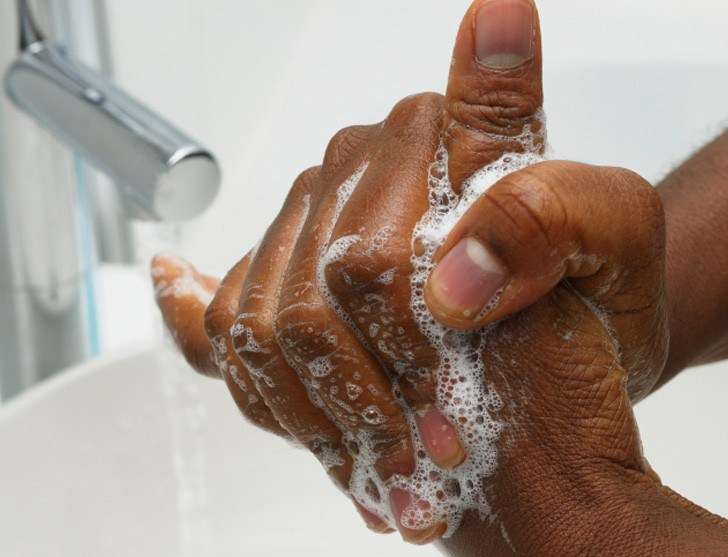
Personal Hygiene:
Personal hygiene Include conditions and practices that serve to promote or preserve wellbeing;
In another way: conditions and practices that help in prevention of illness and maintenance of good health. Personal hygiene involves elementary cleanliness of external parts of the body:
HAIR
Neglect would lead to head lice and dandruff.
Prevention: wash hair with shampoo at least once a week.
SKIN
Neglect would lead to skin infections, body odour – There are bacteria on the body especially armpit and groin, that act on sweat to produce body odour.
Prevention: bath once or twice daily, especially after work. Use of antibacterial soap would eliminate bacteria that cause body odour.
TEETH
Neglect would lead to bad breath (halitosis), dental caries, gingivitis etc
Prevention: brush twice daily (last before bed time), rinse mouth thoroughly after each meal, use mouth wash.
HANDS
Neglect: transmission of contagious diseases e.g. diarrhoeal diseases, respiratory diseases (when you cough or sneeze on your hand, then touch door knobs, handrails or shake hands with other people).
Prevention: wash hands after visiting the toilet, before and after meals. Wash thoroughly with soap and wash in-between fingers. Avoid sneezing or coughing on your hand. Cough or sneeze on your shoulder or elbow. Use your handkerchief or tissue paper
NAILS
Neglect will harbour micro-organisms that cause disease.
Prevention: clip nails short
FEET
Neglect would lead to foot infections like athlete’s foot.
Prevention: scrub with sponge or pumice stone; dry in-between toes; flip flops in bathroom; use talcum or antifungal powder on feet before putting on socks. Wash socks daily; or have two so you can change to a new socks halfway into your job and wash both daily.
CONCLUSION: Personal hygiene is your first line barrier against contagious diseases. It is a sure way to keep those germs some distance away from you and others. Stay safe, stay clean – always